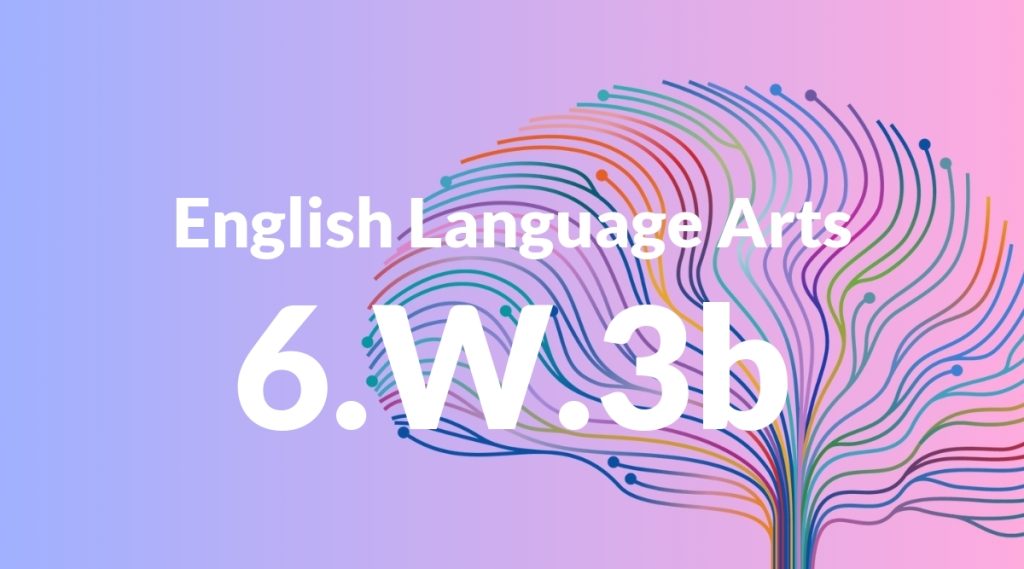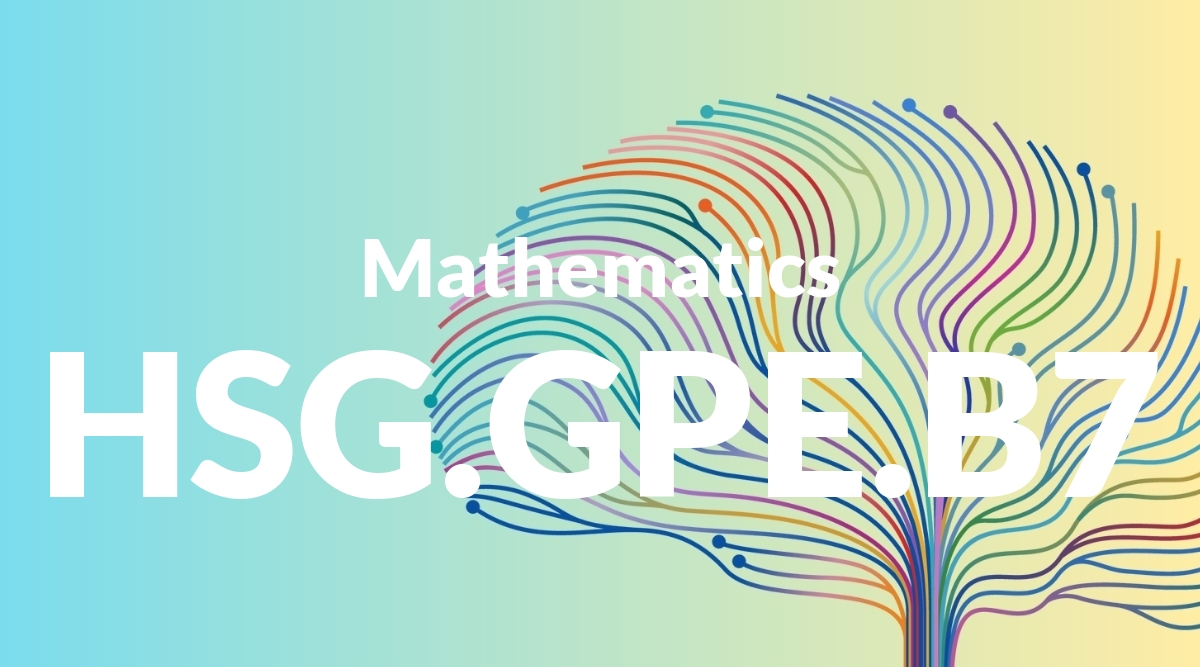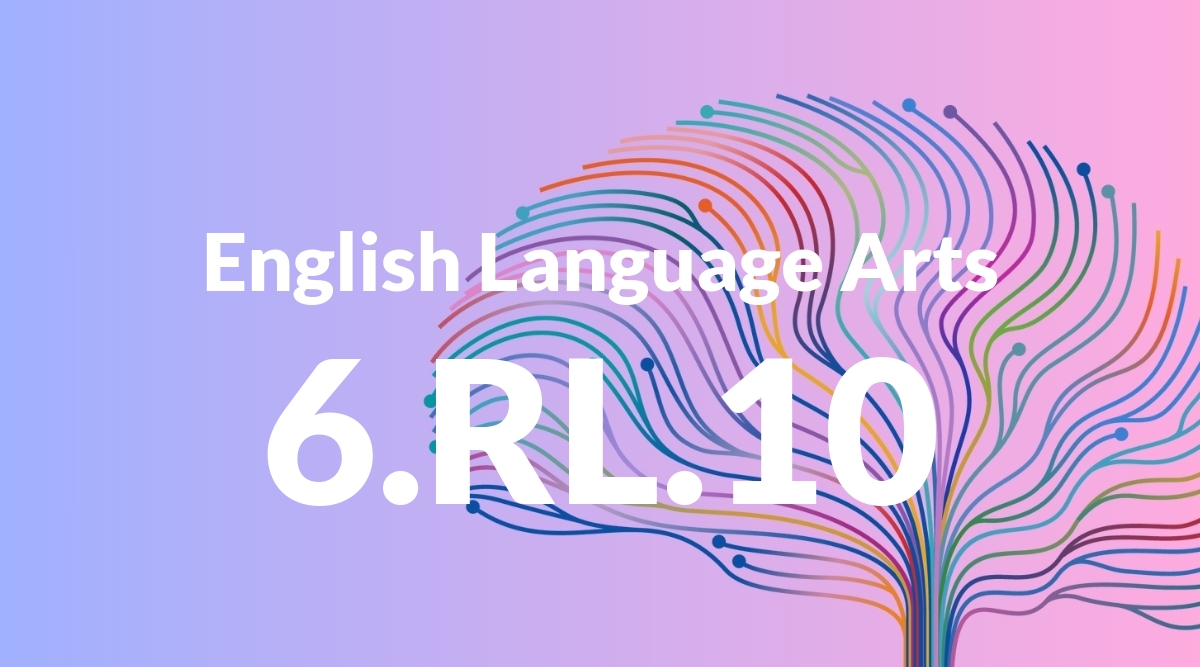Standard: 6.W.3b – Use narrative techniques, such as dialogue, pacing, and description, to develop experiences, events, and/or characters.
Grade level: Grade 6
Subject: English Language Arts
Domain: Writing
Teacher Overview
This standard emphasizes the use of narrative techniques to enrich storytelling. By using dialogue, pacing, and description, students can create more vivid and engaging narratives. This skill is crucial as it lays the foundation for advanced writing and literary analysis. Students should be familiar with basic narrative elements and have some practice with descriptive writing and dialogue. Understanding how to structure a simple story is also essential.
Mastering this standard will enable students to write more compelling and sophisticated narratives. They will be better equipped to analyze literary texts and understand how authors use narrative techniques to convey meaning.
Common Misconception 1
A common misconception is that using dialogue alone can fully develop characters. This is incorrect because characters are multifaceted and require actions, thoughts, and descriptions to be fully realized.
Intervention 1
Use mentor texts to show how authors develop characters through a combination of dialogue, actions, and internal thoughts. Have students practice writing character sketches using these techniques.
Common Misconception 2
Another misconception is that pacing is just about how fast or slow the story moves. This is incorrect because pacing involves strategically controlling the flow of the narrative to enhance the reader’s experience.
Intervention 2
Provide examples of different pacing techniques and their effects. Engage students in exercises where they manipulate pacing to create different moods and build tension in their stories.
Prerequisite Knowledge
Students should understand basic narrative structure, including the concepts of beginning, middle, and end. They should also have experience with simple descriptive writing and basic dialogue formatting.
Subsequent Knowledge
After mastering this standard, students will be able to craft more complex narratives, incorporating advanced techniques like flashbacks and varying points of view. They will also be better prepared to analyze and critique narrative texts in literature.
Instructional Activities
- Have students write a short story focusing on using dialogue to reveal character relationships.
- Create a pacing exercise where students rewrite a scene to change its tempo and mood.
- Conduct a descriptive writing workshop where students use sensory details to bring scenes to life.
- Organize peer review sessions where students give feedback on each other’s use of narrative techniques.




